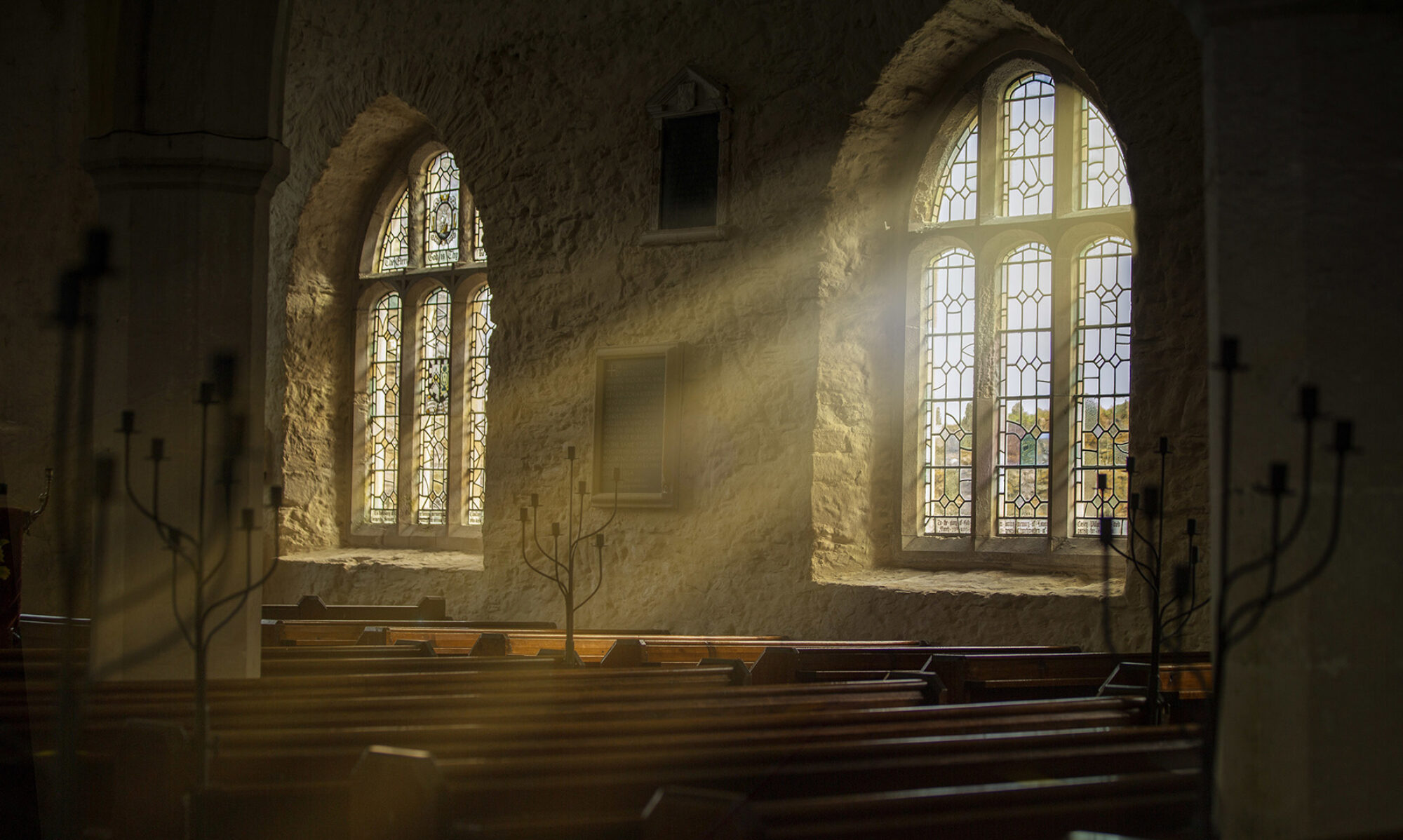A Disruptive and Dynamic Process of Spiritual Formation: The Gospel
In last week’s post, I shared three of seven dynamic and disruptive ministry rhythms of Pillar Community Church. These three rhythms are:
- Discipleship
- Worship
- Spiritual Rhythms/Bodily Disciplines
Each of these seven rhythms constitutes a central emphasis one will likey experience in many church settings.
As such, they become central rhythms in congregational, family, and individual lives. When we soak-in these rhythms together, they then pour out all over those around us.
This week I will begin to explore a fourth rhythm that is central to Pillar.
It’s a rhythm known as The Four-Chapter Gospel!
A Fourth Rhythm of Pillar’s life is the Gospel.
The Gospel is central to any church claiming to stand within the witness of historic Christianity. Getting the Gospel right, however, doesn’t seem to be quite as central!
Getting the Gospel right demands a fundamental shift in how we tell the story and what story we are choosing to tell.
It’s a shift from a two-chapter, transactional “You’re a sinner in need of a savior,” to a four-chapter, way-of-life Gospel of the Kingdom.
When I use the phrase two-chapter, transactional gospel, I am referring to the “you are a sinner and in need of a savior” portion of the story.
When I use the term Transactional I am referring to one of the more costly errors we commit on behalf of the Gospel!
The error is this: we turn the Gospel into a one-time transaction based totally on one’s response. This one-time transaction then makes ‘heaven’ an abstract reality we hope to experience after death.
It’s Way More than Jesus and Me
If the “sinners in need of saving” gospel is Chapter 2 in God’s grand story, then Chapter 3, then, is the portion of the gospel that says, “Jesus died to free me from my sins so that I may go to heaven when I die.”
While this is true, it’s not the entire truth. And a partial truth always results in pain-filled problems.
One of the problems inherent in a two-chapter, transactional Gospel is that it causes one to believe that the Christian story is only about me getting into heaven. This grand restoration story, then, that God has always been writing, is suddenly reduced to the smaller salvation story of how I can enter heaven when I die.
N.T. Wright, in his excellent book, Simply Good News, states it more succinctly when he says,
“The theological equivalent of supposing that the sun goes around the earth is the belief that the whole of Christian truth is all about me and my salvation.”
The Gospel is, more accurately, the story of how God has always sought to get heaven into us now, more than it is a story about getting us into heaven later.
Indeed, there is so much more to the Gospel story.
And learning the whole story is vital because it will reframe how we tell the story as well as what story we are choosing to tell!
A Beginning, Middle, and End
Imagine you just discovered that your favorite author has published a new novel. It’s taking the world by storm. So much so that you can’t find it anywhere. Even Amazon can’t locate a copy. Restlessly, you search for it high and low.
Managing to find it on the webpage of a bookstore in Seattle, you order a copy and wait with anticipation until the day it arrives.
When you get the book, where will you begin reading?
The middle? Probably not.
Will you intentionally stop reading before the final chapters? Highly unlikely.
This is, however, exactly what we’ve done by shrinking the Gospel down into a two-chapter, transactional Gospel.
We’ve skipped the beginning and left off before the end.
As such, we only have part of the story. Imagine talking to your friends about the novel you’ve partially read. It would become apparent that you don’t really know the story and that you’ll never know the story until you read the entire story.
As is the case in this scenario, we are hijacking the Gospel because we are leaving out the beginning and the end.
It’s a Full-On Four Chapter Story
Therefore, we must incorporate two more chapters (some argue for a fifth, but at that point, the argument comes down to semantics more than real differences between the chapters).
I will place all four of them together (highlighting chapters 1 and 4), to provide the context you need to imagine how these chapters are beautifully woven together by God.
These chapters are:
- Chapter 1: Creation. Creation and creature are good. We are endowed with God’s image. We are birthed with a sense of purpose, vocation, and calling. In other words, we are designed to live in community with God. We are also designed to extend his rule on earth. We do this by bringing His good to His world.
- Chapter 2: Fall. We are sinners living in a world where sin seeks to thwart God’s rule.
- Chapter 3: Redemption. Jesus came to conquer the sin problem and reestablish God’s rule and reign over the earth, which was initiated in Genesis.
- Chapter 4: Restoration. God’s kingdom has come through Christ and He, through the rule and reign of Christ, is now restoring all things (Colossians 1) to Himself.
The four-chapter, way-of-life Gospel proclaims, “God is reconciling and restoring all things through the Son.” Further, He invites us to participate in the Kingdom effort of reconciliation as we enjoy His presence and the blessings of His kingdom now.
His Kingdom is a celebration of His presence in and among us. It’s a celebration designed to be offered to all!
This in and among us reality empowers us for His good work within and beyond us. The differences between the two couldn’t be more pronounced.
I will spend much more time on this in later posts.
Disrupting to Renew!





